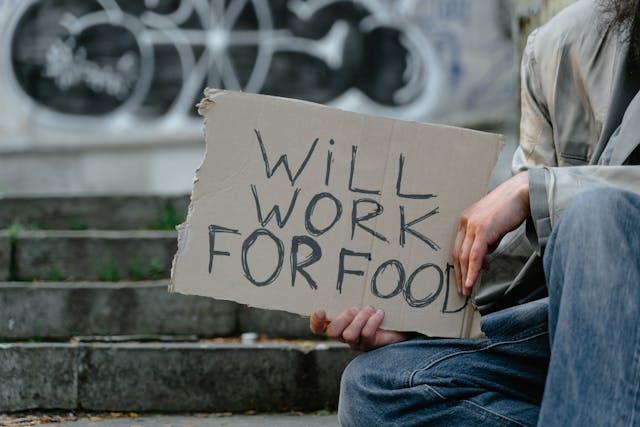San Diego County sees a 6.6% drop in homelessness from 2024 to 2025, with family homelessness down 72% and veteran homelessness down 25%, thanks to strategic investments and regional collaboration.
SAN DIEGO – For the first time in recent memory, San Diego County is reporting a measurable decline in homelessness, signaling potential progress in one of California’s most persistent humanitarian crises.
According to data from the 2025 Point-in-Time Count—an annual census conducted in January to assess the scale and nature of homelessness—San Diego’s homeless population dropped from 10,605 individuals in 2024 to 9,905 in 2025, a 6.6% decrease. While the reduction may appear modest on the surface, officials say the gains in specific categories are nothing short of dramatic.
Family homelessness in the county plummeted by 72%, a statistic county leaders and advocacy groups credit to expanded shelter capacity and more aggressive housing placement programs for families. Additionally, homelessness among veterans decreased by 25%, a shift that local VA partners have been working toward for years through targeted outreach, housing vouchers, and wraparound support services.
“These numbers reflect the power of what we can achieve when we align goals, funding, and accountability across all sectors of our community,” said Tamera Kohler, CEO of the Regional Task Force on Homelessness (RTFH), which oversees the annual count and coordinates policy efforts across San Diego County’s 18 cities.
The data reinforces what officials describe as a “pivot in strategy”—one that places more emphasis on permanent supportive housing, diversion programs, and collaboration across government agencies, nonprofits, and service providers. In the past year, the county launched several new housing projects, expanded mental health crisis response teams, and adopted a more aggressive “housing first” approach that prioritizes stable housing as a foundation for recovery.
“It’s not just about more beds—though we need those too—it’s about investing in people and their futures,” said San Diego Mayor Todd Gloria, who noted that the city opened hundreds of new shelter beds in 2024 and streamlined access to services through newly established “safe sleeping sites” and navigation centers.
The annual Point-in-Time Count is conducted by over 1,600 volunteers, many of whom fan out before dawn to survey individuals living in shelters, encampments, vehicles, and on the streets. The count is a federal requirement tied to funding allocations but also serves as a vital planning tool for local governments.
Still, officials caution that the county’s unsheltered population remains high and that structural challenges—especially the lack of affordable housing—continue to place vulnerable residents at risk. Roughly half of the 9,905 individuals counted in 2025 were still living without shelter, with many citing rising rents, job instability, and untreated mental illness as underlying causes.
Advocates also emphasize the importance of sustained momentum. “One year of progress doesn’t mean the crisis is solved,” said Deacon Jim Vargas, president and CEO of Father Joe’s Villages, a leading homeless service provider in the region. “But it gives us something we haven’t had in a while—hope and a roadmap.”
San Diego’s regional model may also provide lessons for other California cities struggling with homelessness. With the state allocating billions toward housing and behavioral health in recent years, local execution and accountability have become the difference-makers.
As the county moves into the second half of 2025, RTFH leaders say their focus will shift toward scaling successful models, expanding eviction prevention services, and ensuring that the most marginalized—especially those living in cars or facing long-term homelessness—aren’t left behind.
“Every person off the street is a life changed. And every life changed helps restore the fabric of our community,”Kohler said.







